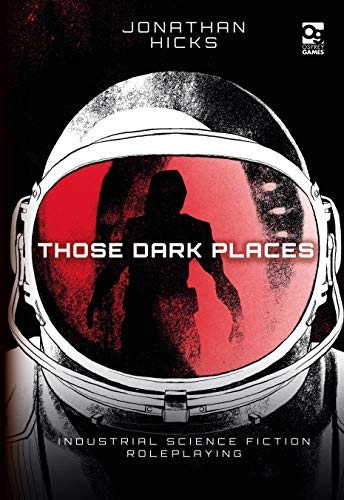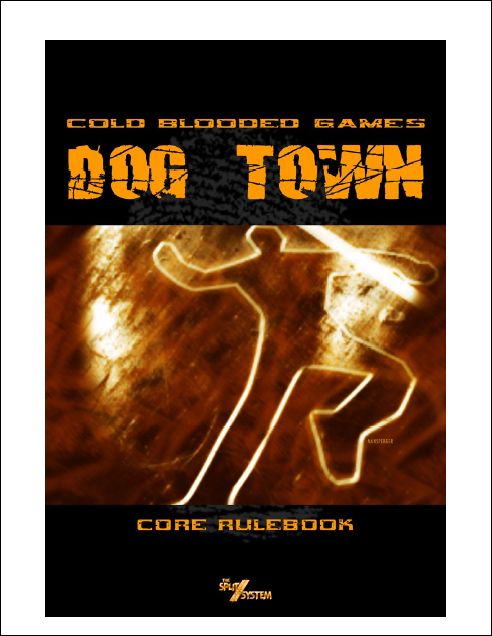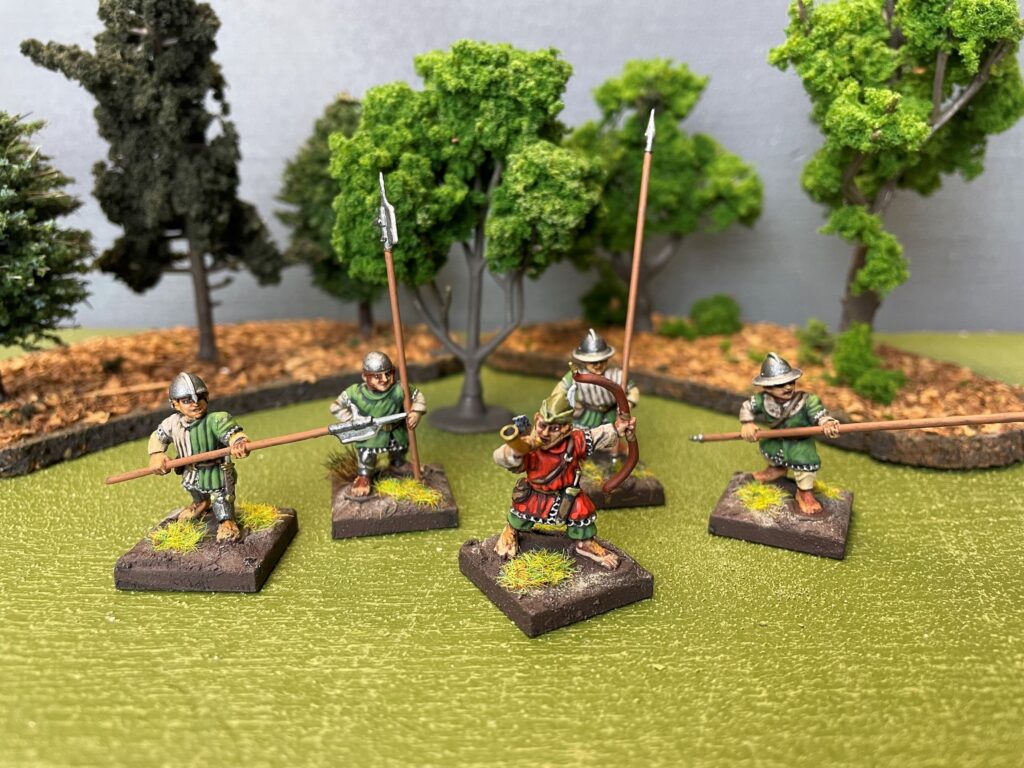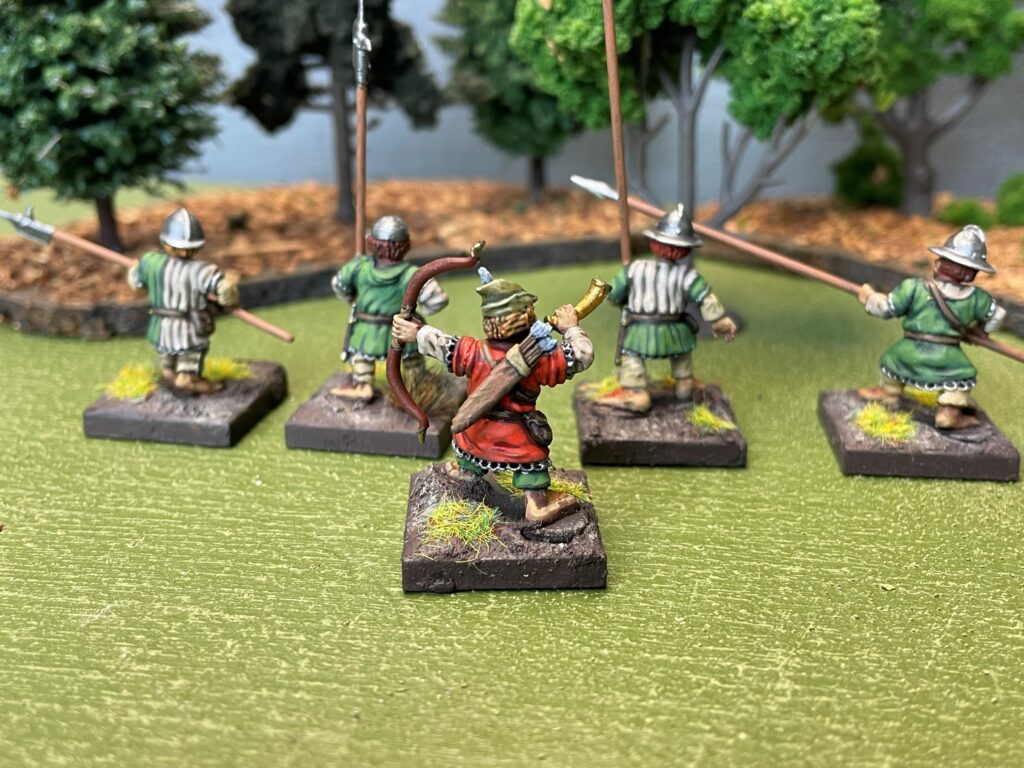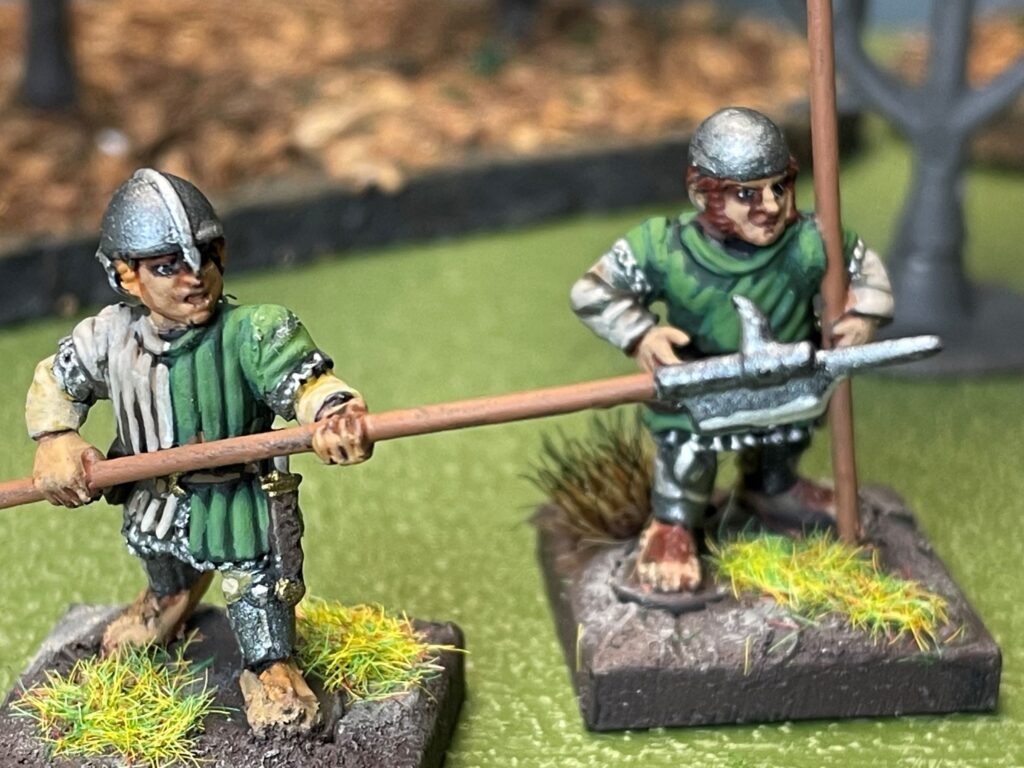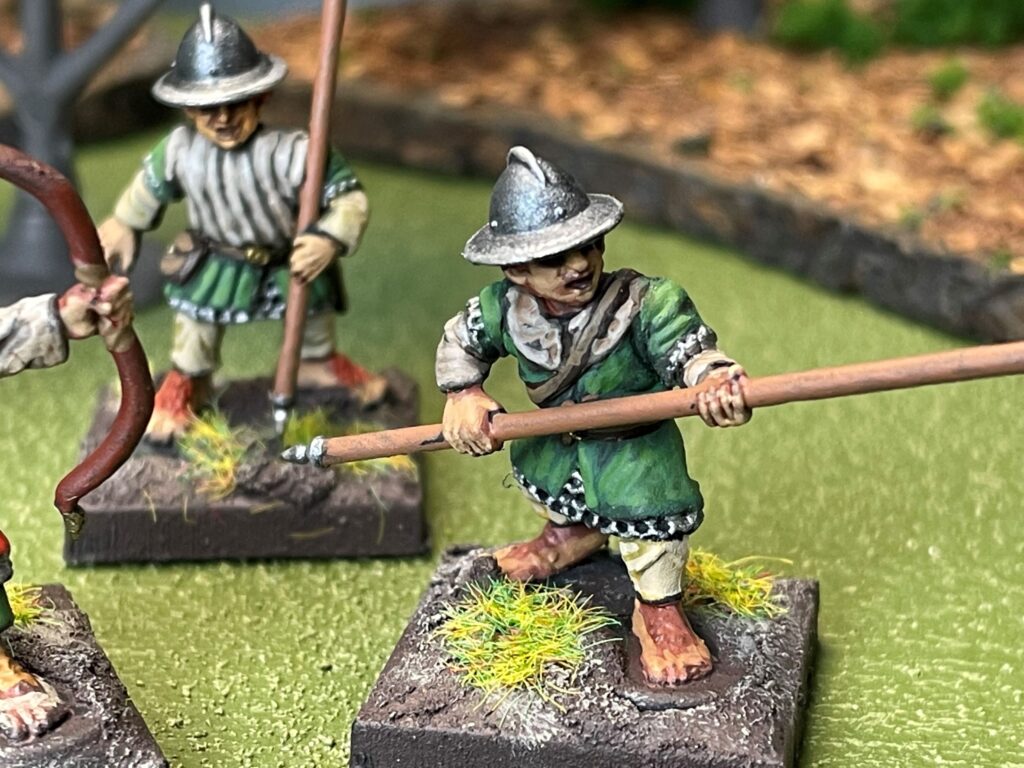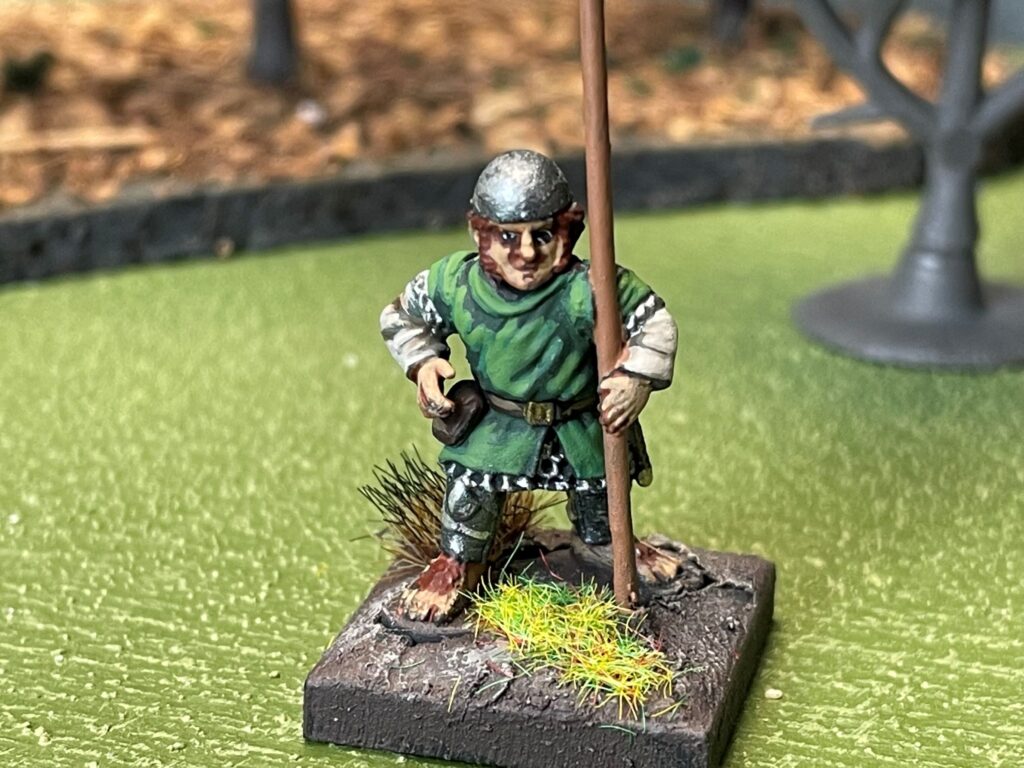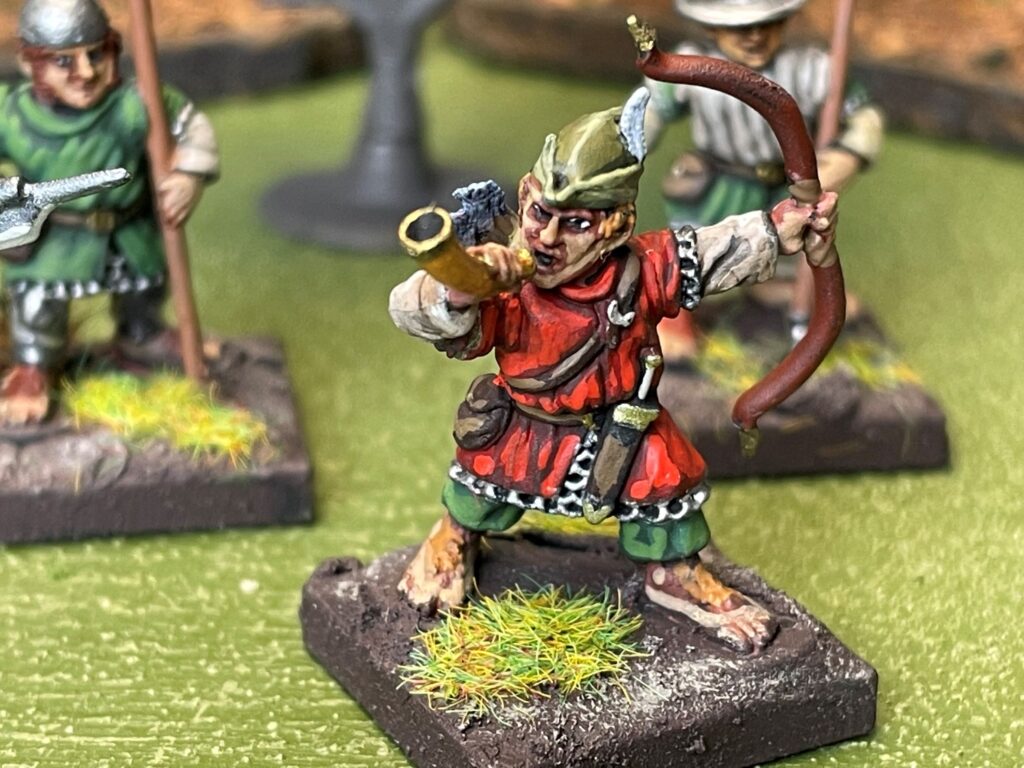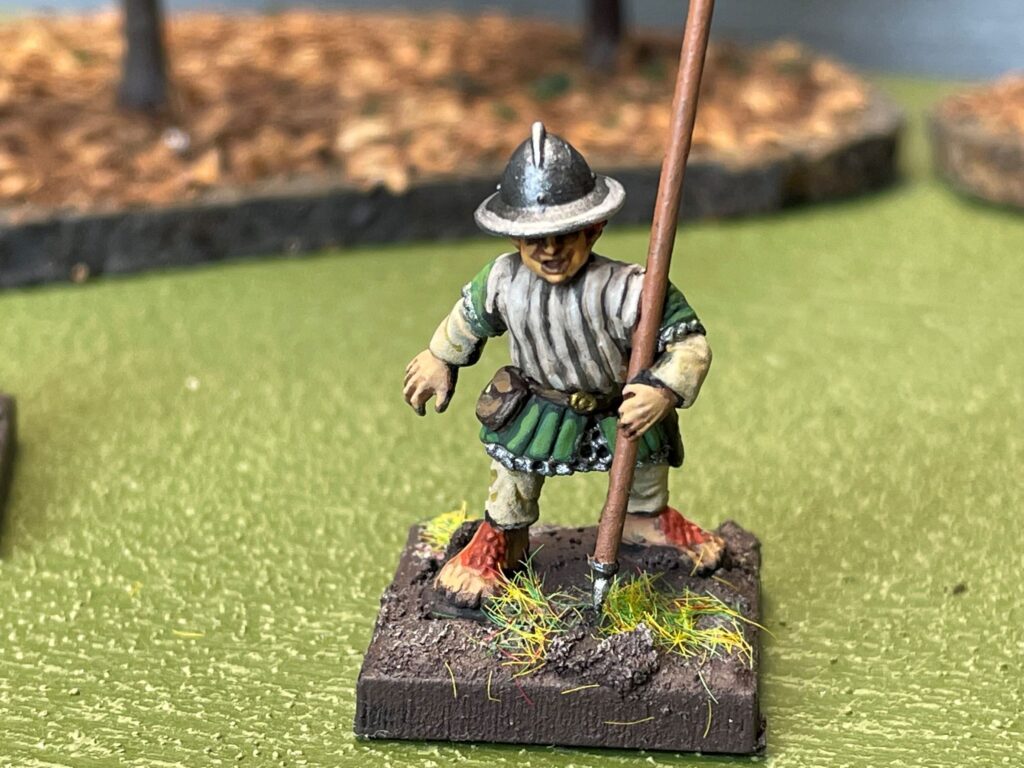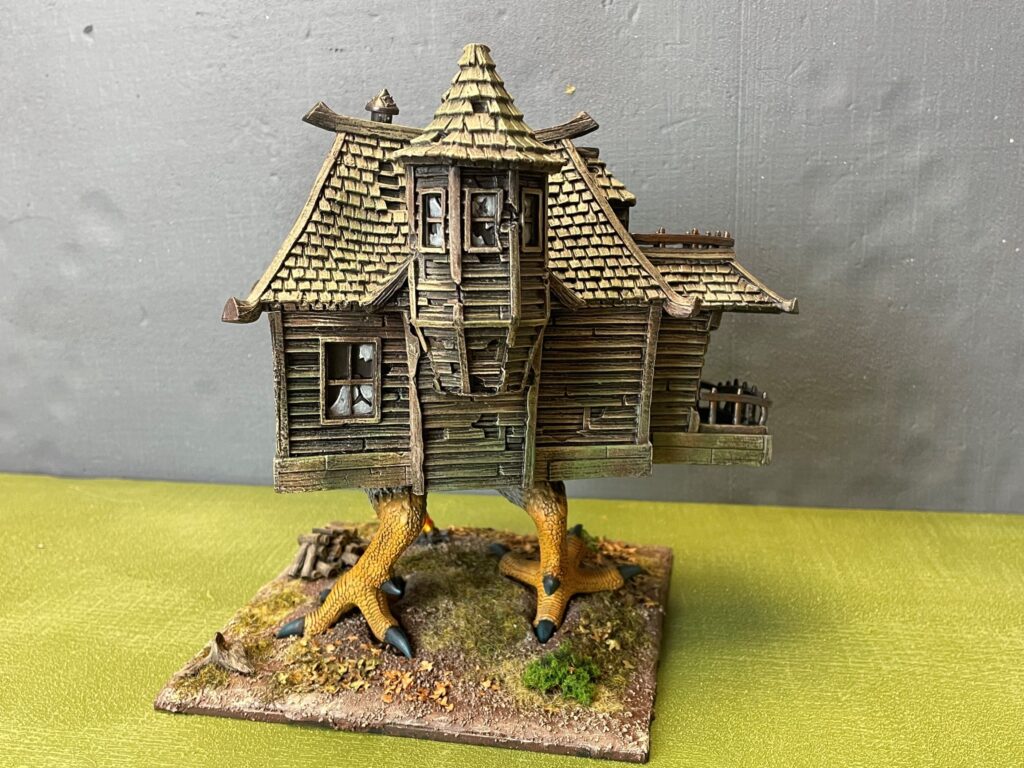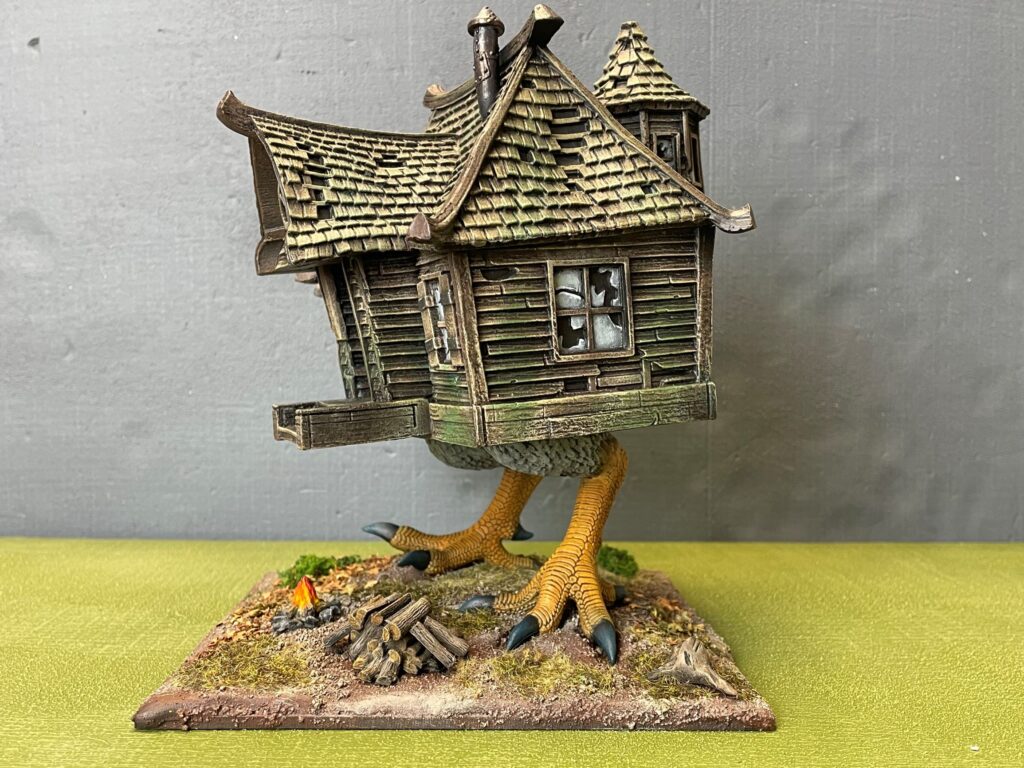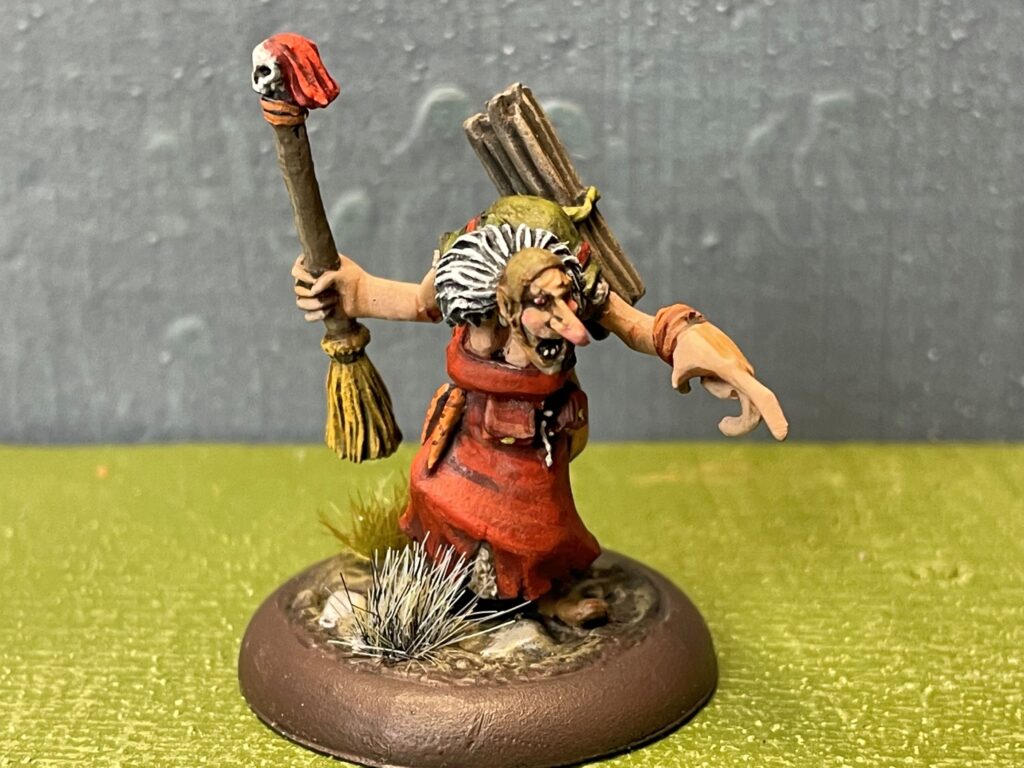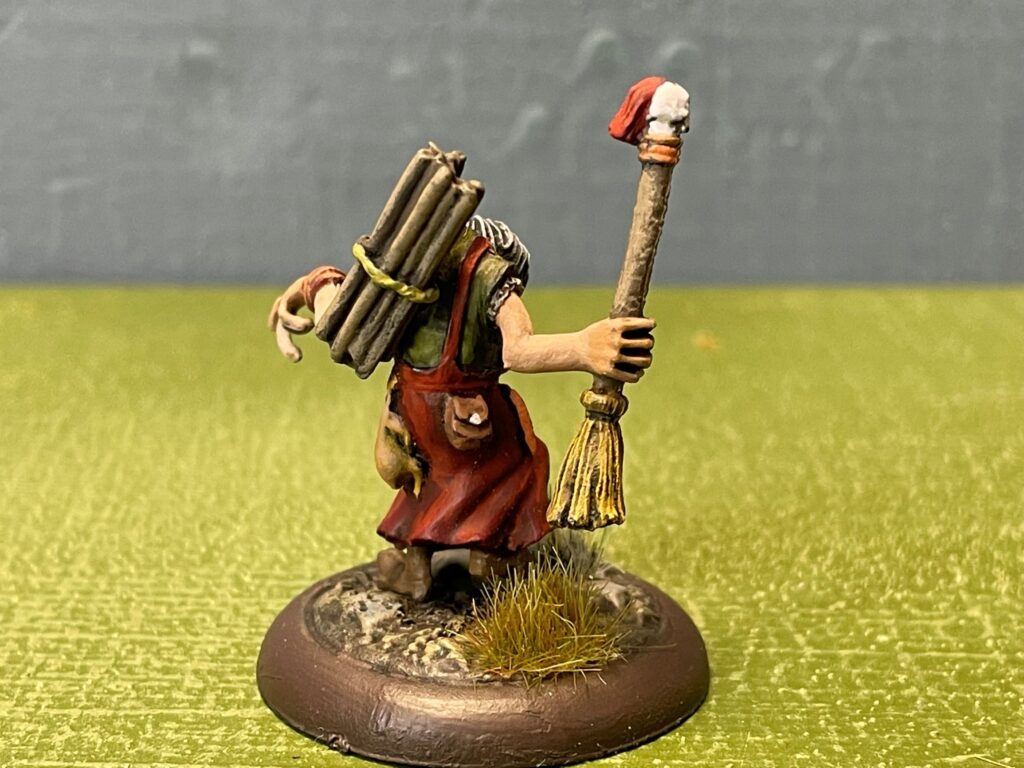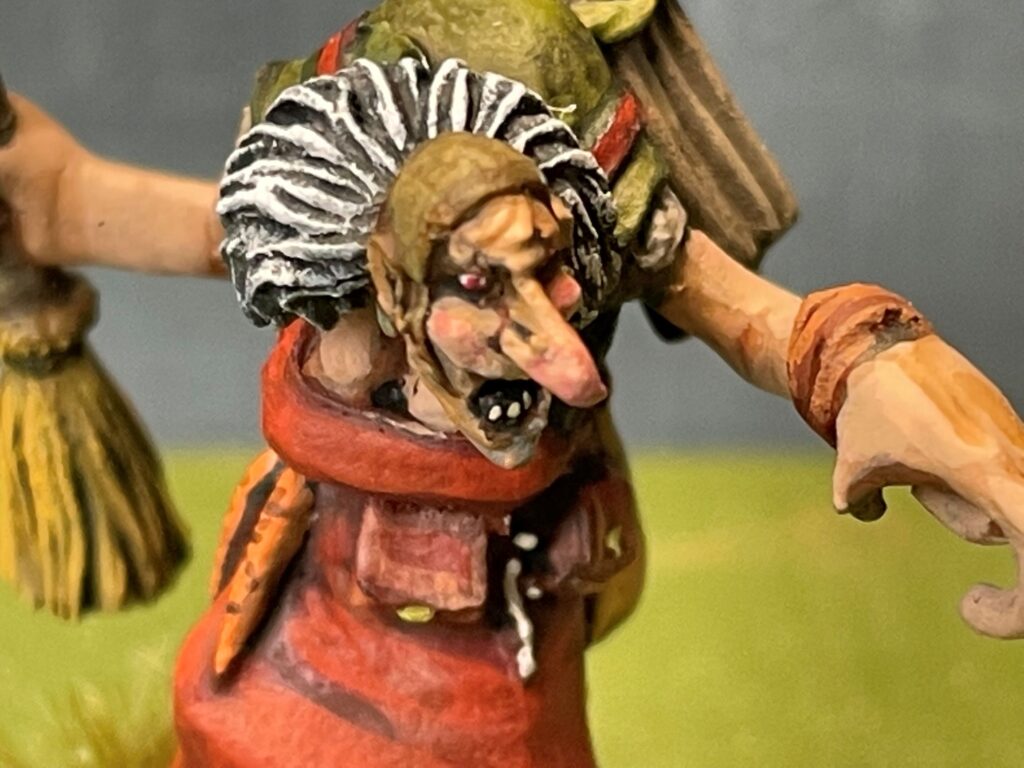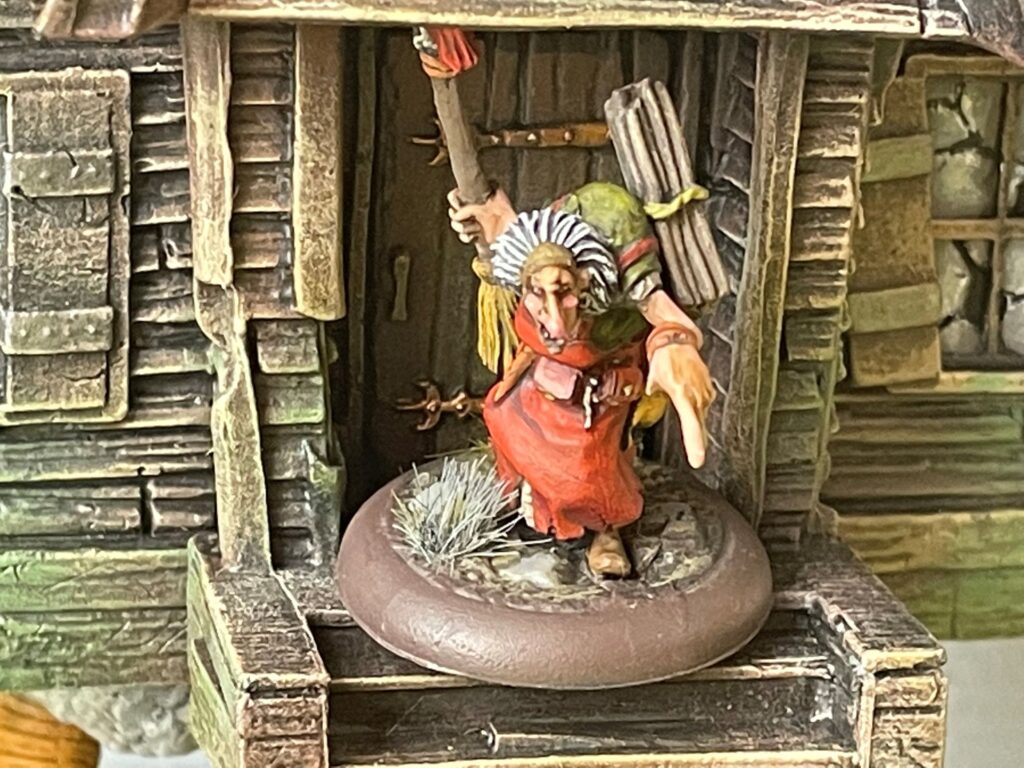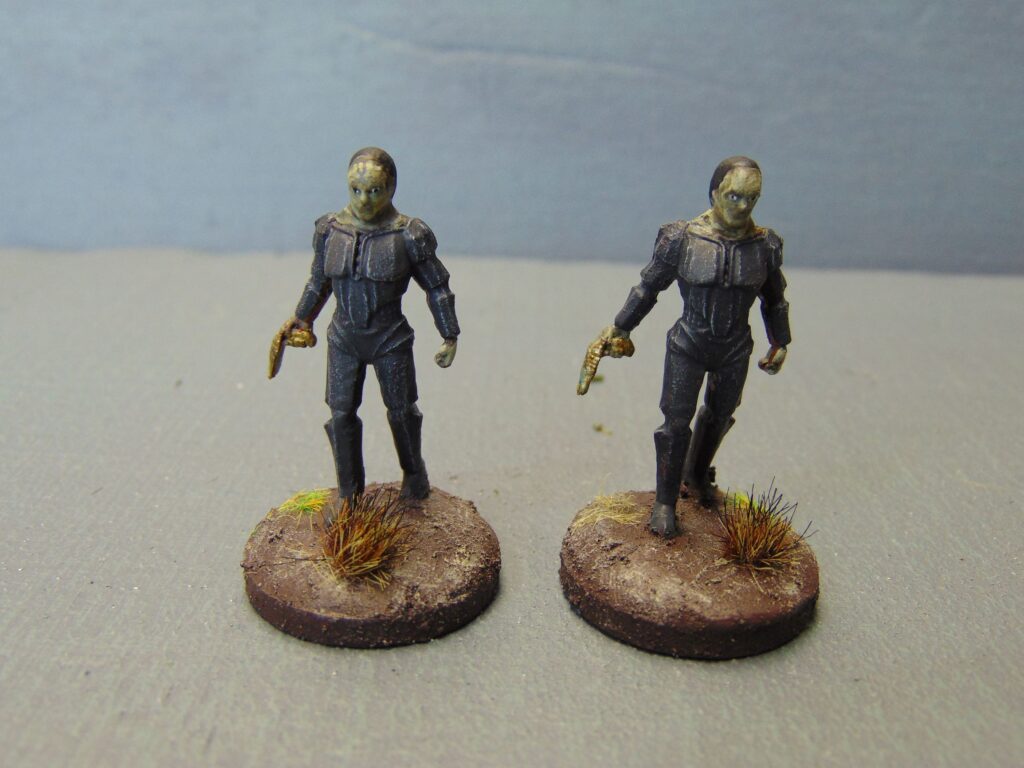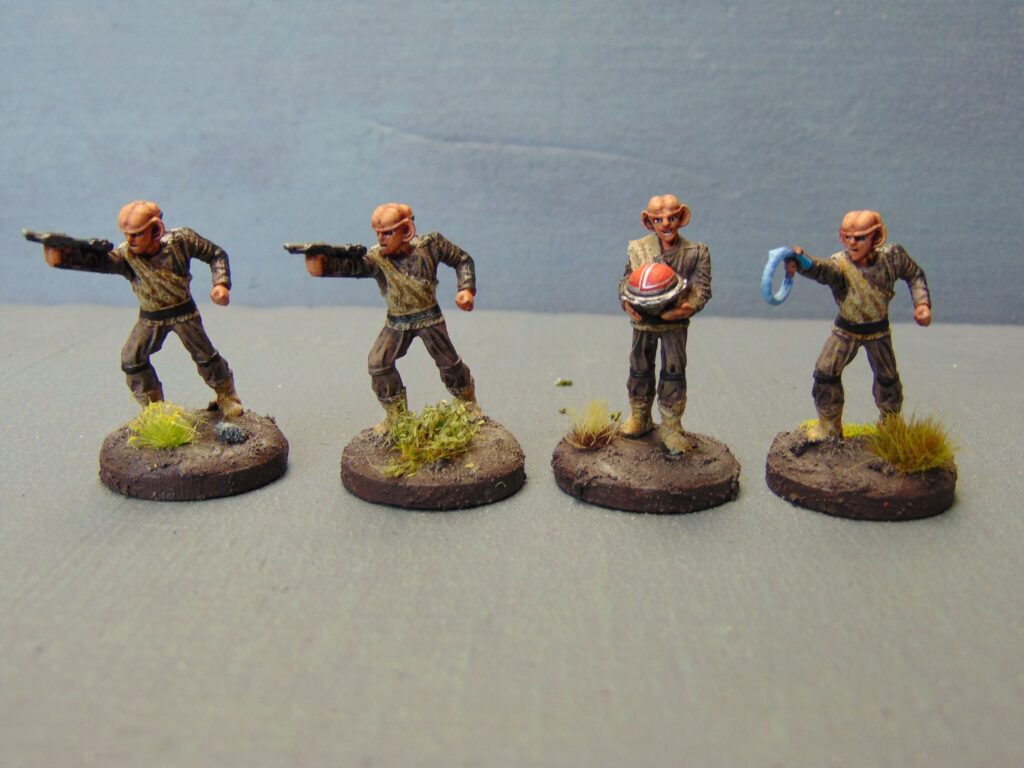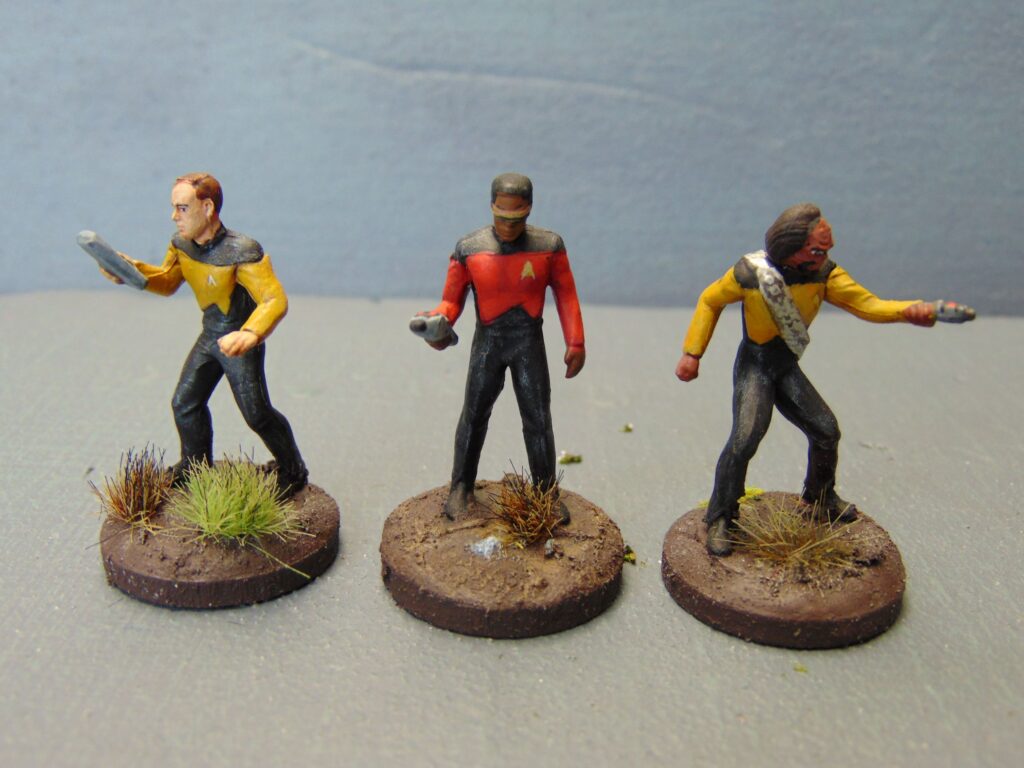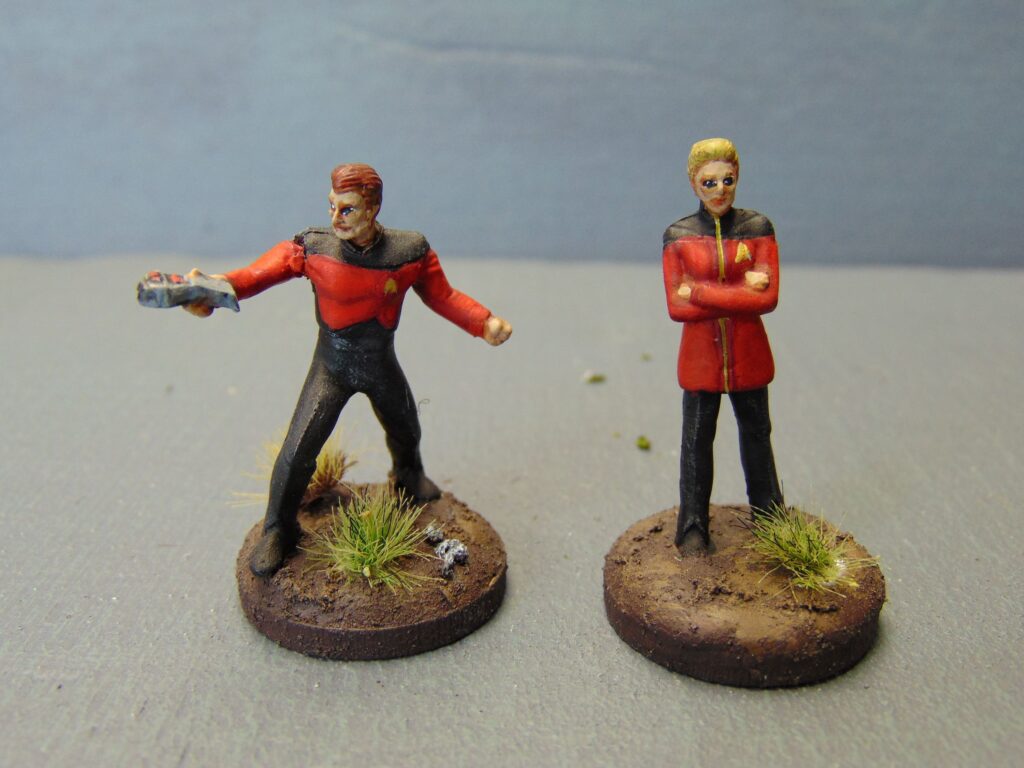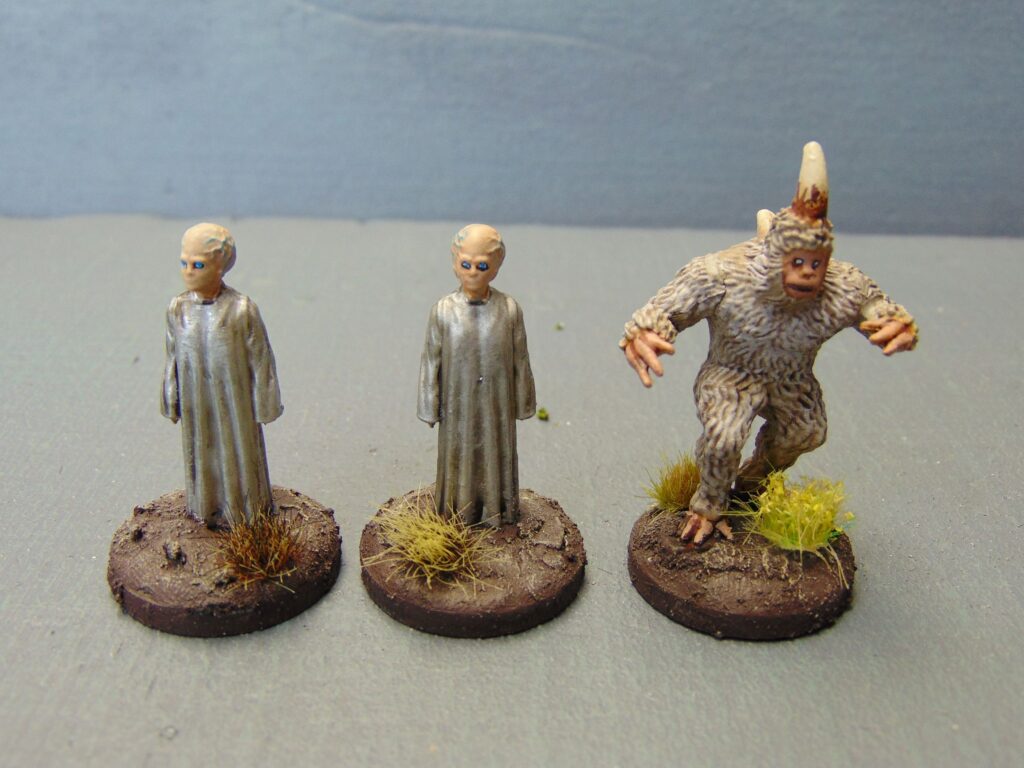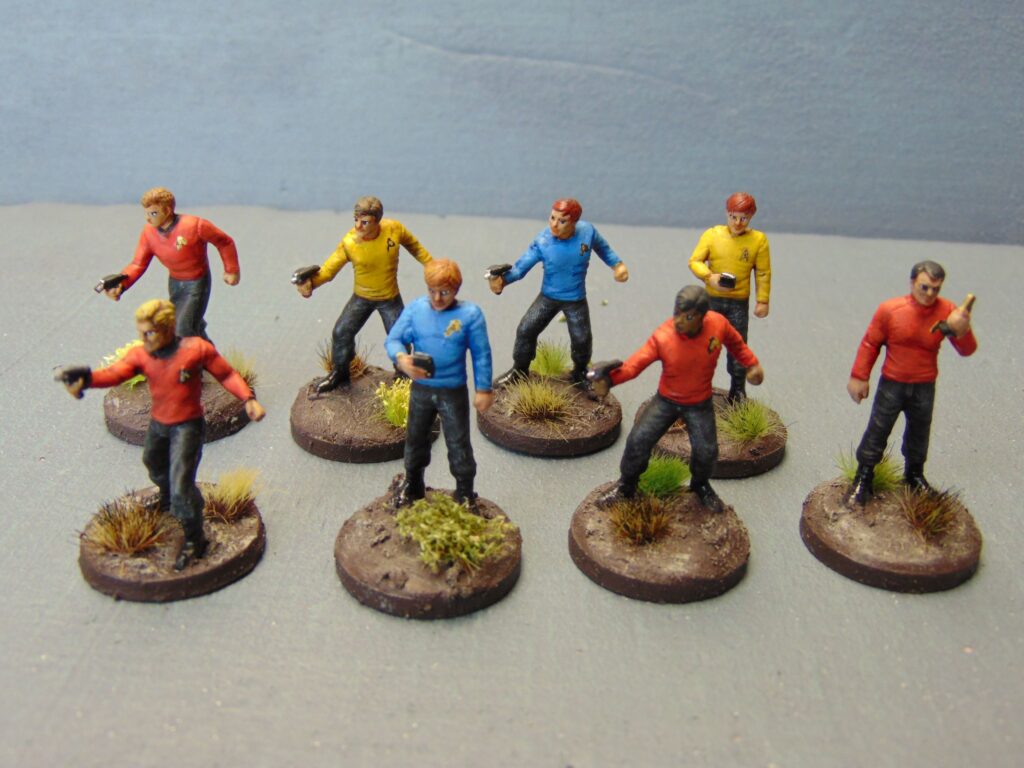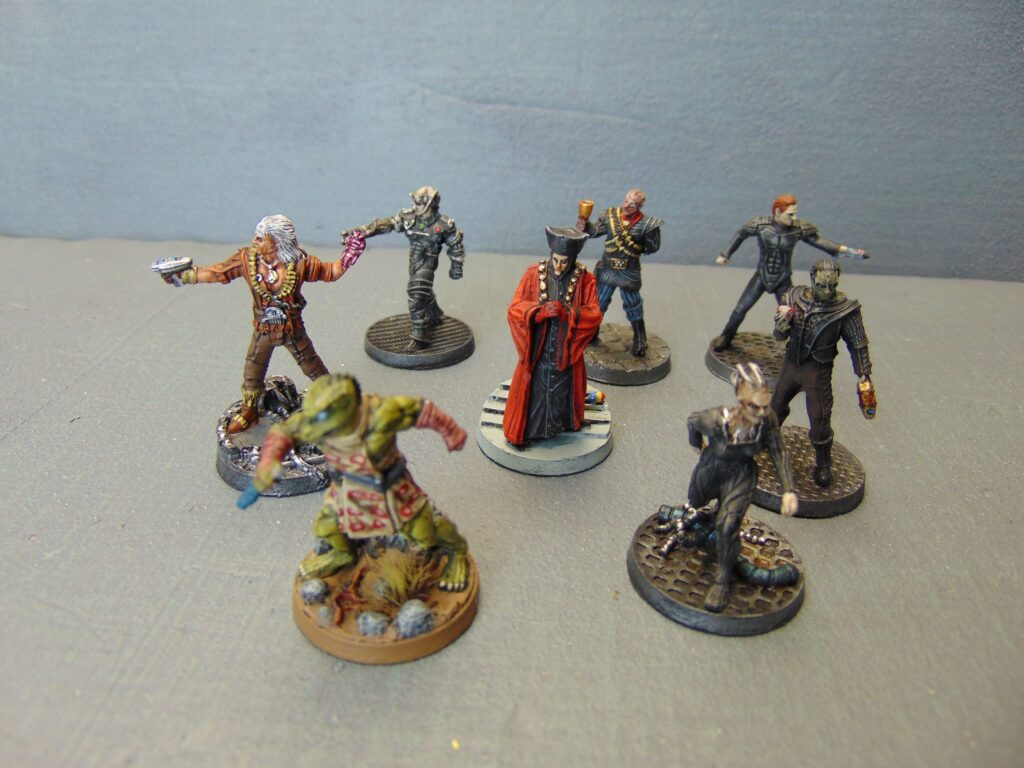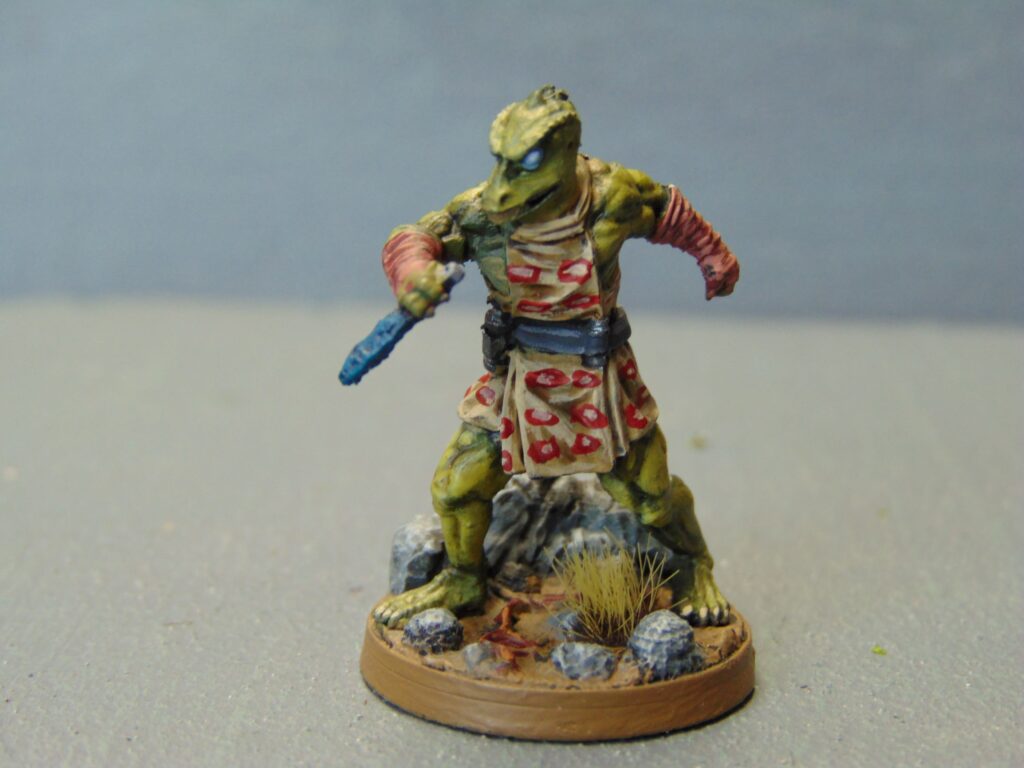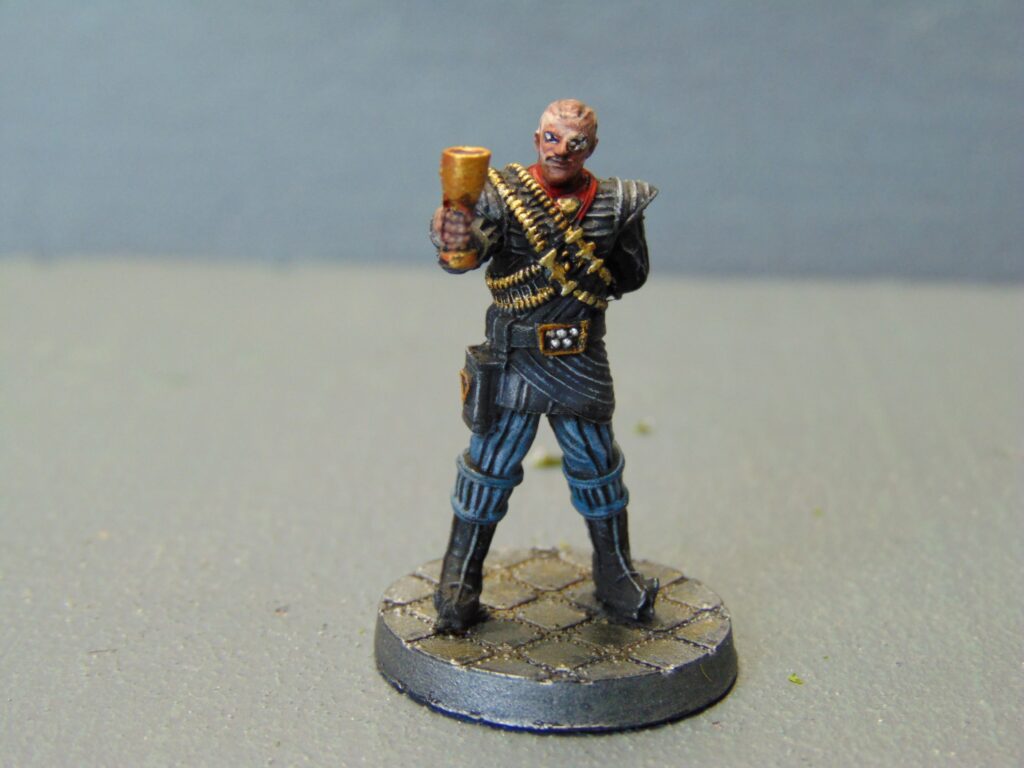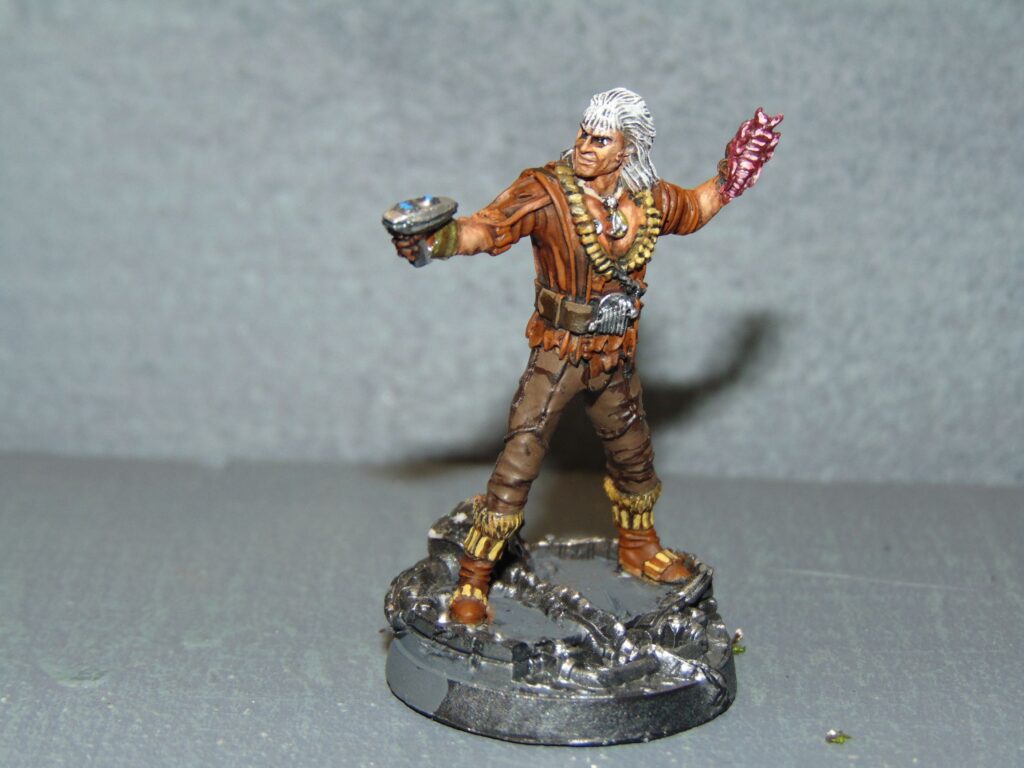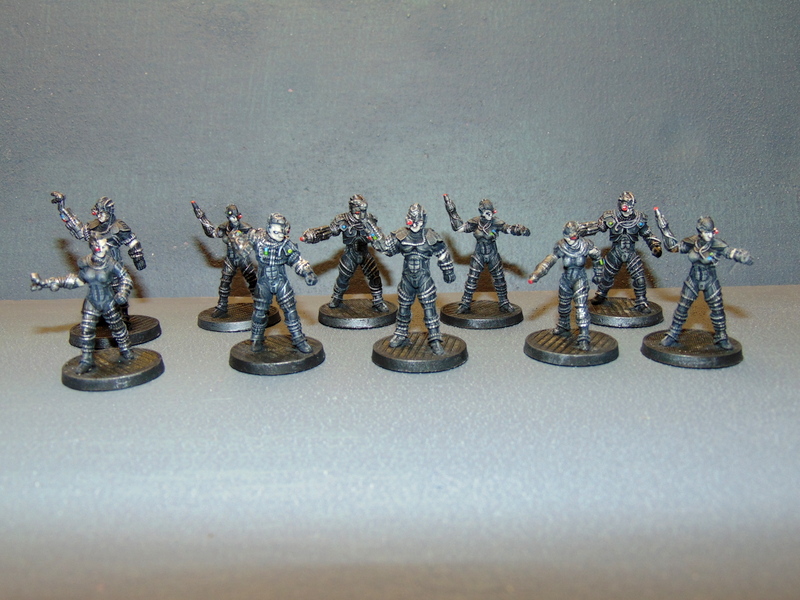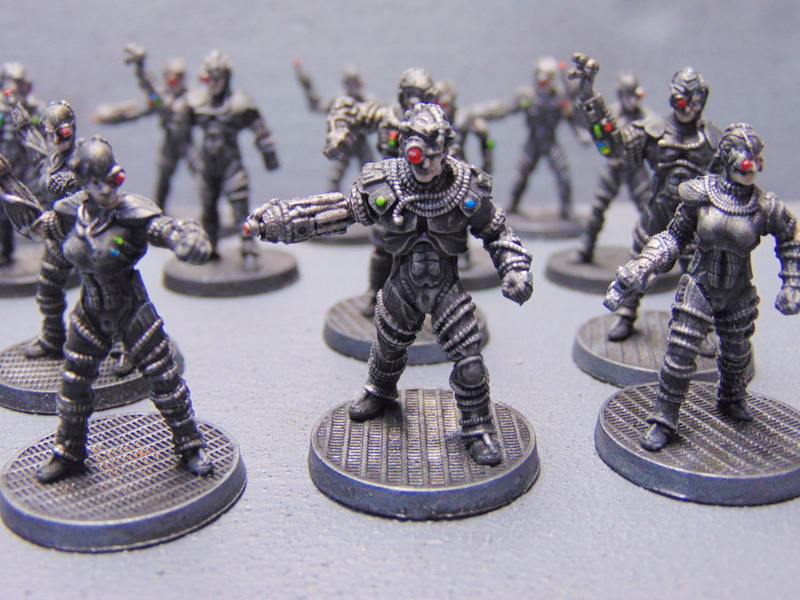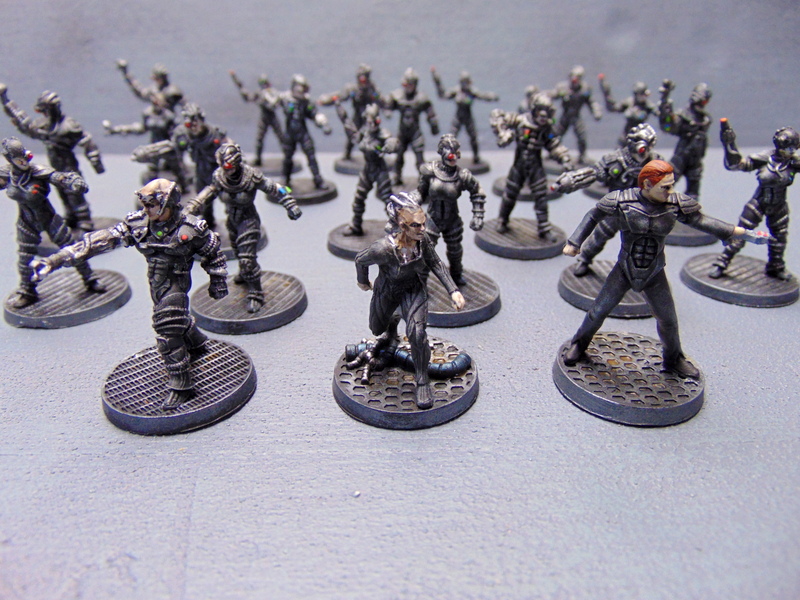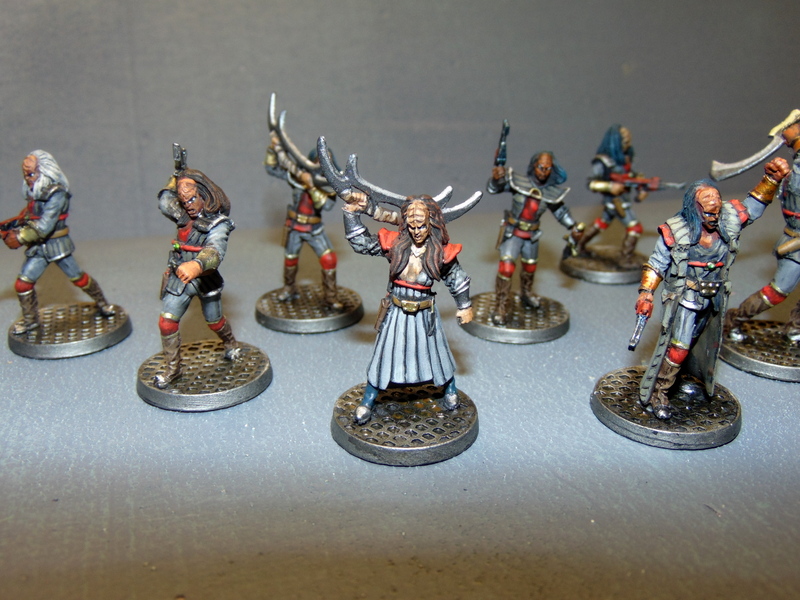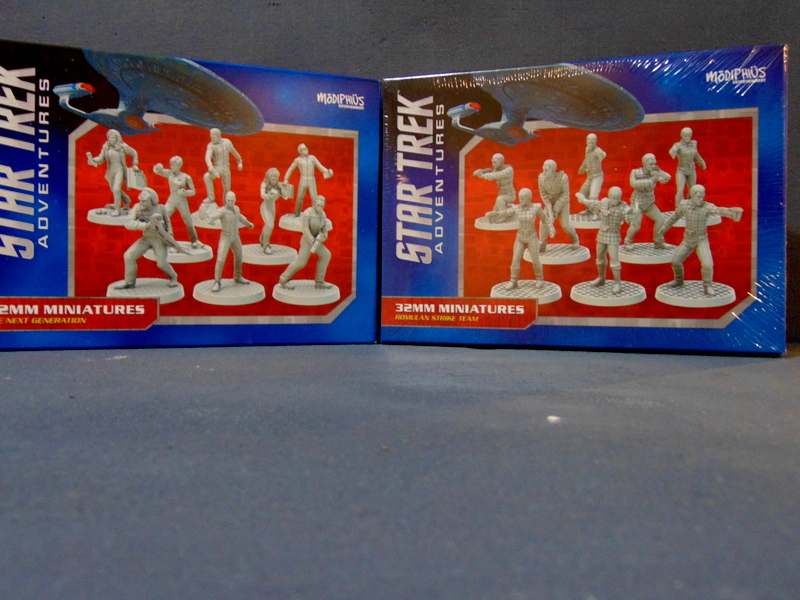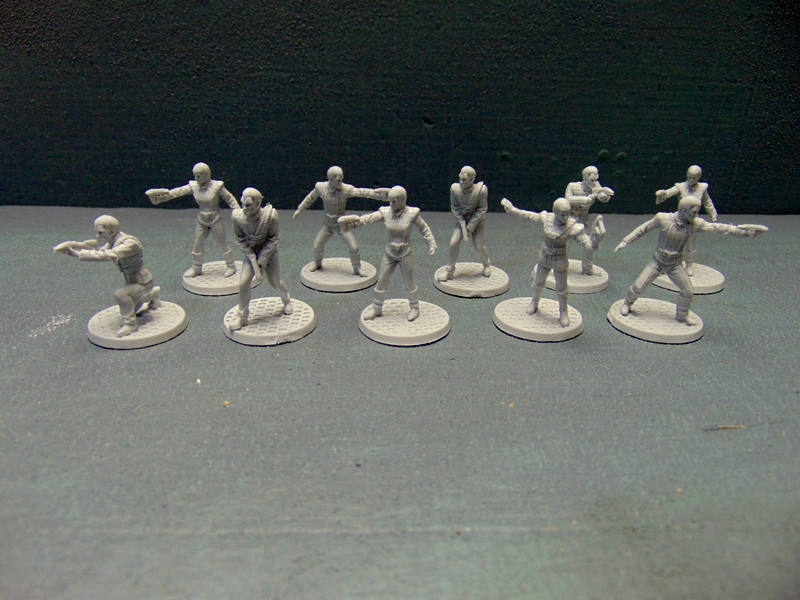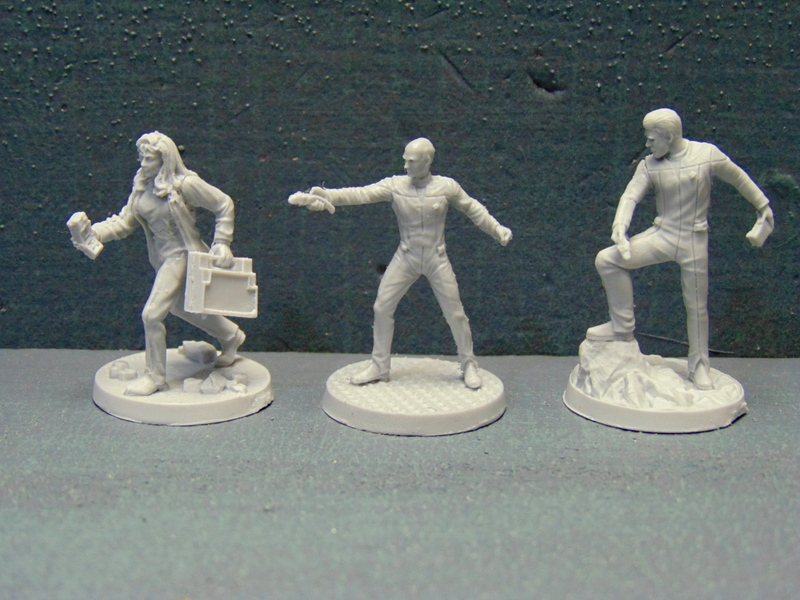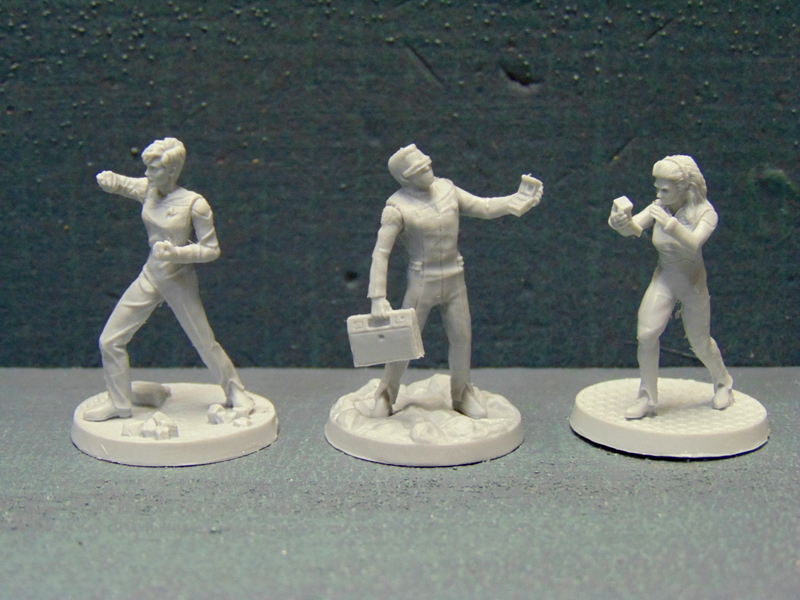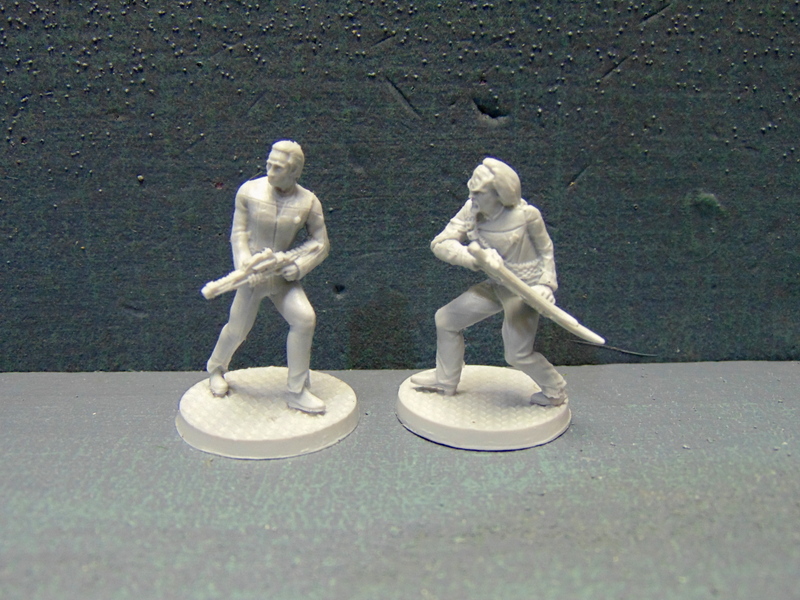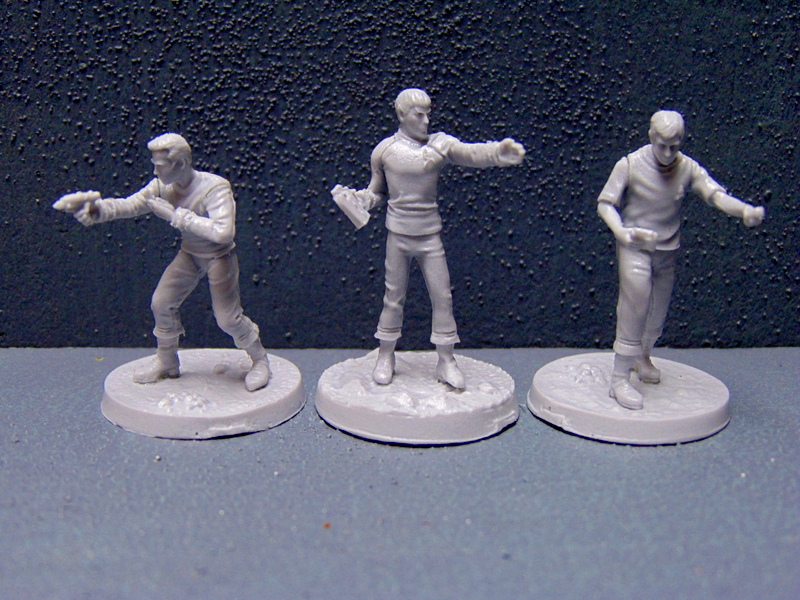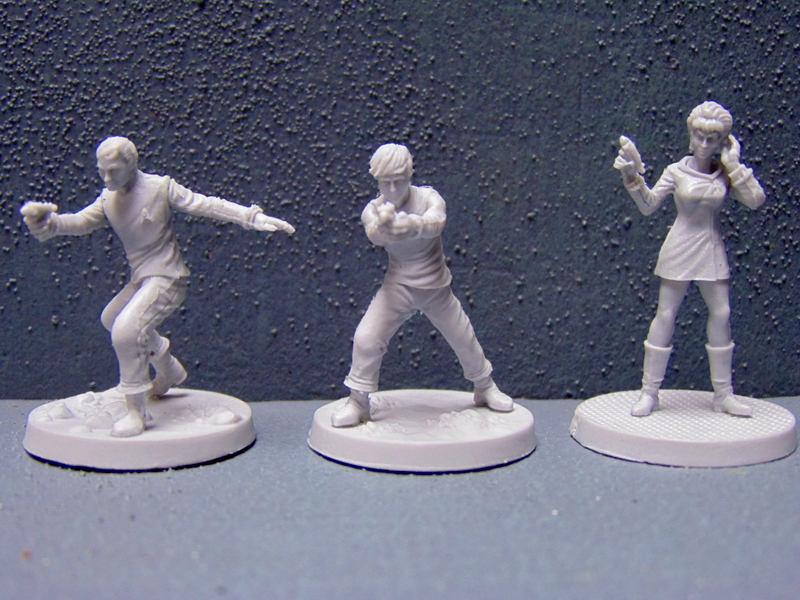
Folks haven’t seen hide nor hair of me around here (or anywhere else on the Internet) for almost three months. I’d like to say it’s because I’ve been busy painting miniatures, specifically a dragon or two, but I can’t say that, because I have painted a total of four miniatures this year, and none are dragons. Instead, I have been mostly playing Red Dead Redemption 2 (at last), and writing scenarios for RPGs I will likely never run or play. Case in point: The Adventures of Indiana Jones; published by TSR in 1984, which is when I bought it at the tender age of 11.
The TSR Indiana Jones RPG has a bit of a reputation, and it’s for being a piece of dogshit. I find that assessment a tad harsh, but it is not a good game by any means. It’s got some serious problems, most infamously the lack of a character creation system. Players take on the roles of Indiana Jones and his friends. Since the game was published shortly after the second Indiana Jones film, Indiana Jones and the Temple of Doom, Indy’s friends are made up of his companions in the first two movies (sadly, no Henry Jones, Sr.). Marion Ravenwood and Sallah from Raiders of the Lost Ark, and Willie Scott and Short Round from Temple of Doom. I guess TSR thought five characters wasn’t enough, so they also included statistics for Jock Lindsey, the pilot from the beginning of Raiders (“There’s a big snake in the plane, Jock!”) and Wu Han, the waiter from Club Obi-Wan who gets shot amidst a cacophony of champagne corks almost immediately in Temple of Doom. Both these characters have maybe three lines of dialogue and less than two minutes of screen time in their respective films, but either one of them is preferable to playing the insufferable Willie Scott.
Herein lies the problem. The question rapidly presents itself: who wants to play a game about Indiana Jones and not play as Indiana Jones? What person is going to want to devote an evening of roleplaying to playing Willie Scott? Not too many people, judging by the dismal sales of the game at a time when both TSR’s boxed games and the Indiana Jones IP were both extremely popular. There was even a TV commercial about them.
The game had a few published adventures, but two of them were just the first two movies adapted as RPG adventures. (How fun!) The game was designed with miniatures in mind, and both the core box and all the published adventures had cardboard, trifold miniatures of characters, NPCs, and even scenery. There was one box set of metal miniatures released as well, and they’re pretty hard to come by (I have them).
So what are the other problems? Well, in addition to no character creation, there’s no character development, either. Indiana Jones and friends will always have the same statistics and know the same languages and skills no matter how many adventures you play. Skills are pretty basic, yet there are skills in the book that no player character has. There’s no mechanic to learn a new skill or language, or use one you don’t have (unless you roll a Lucky Break, which is a 5% chance of success).
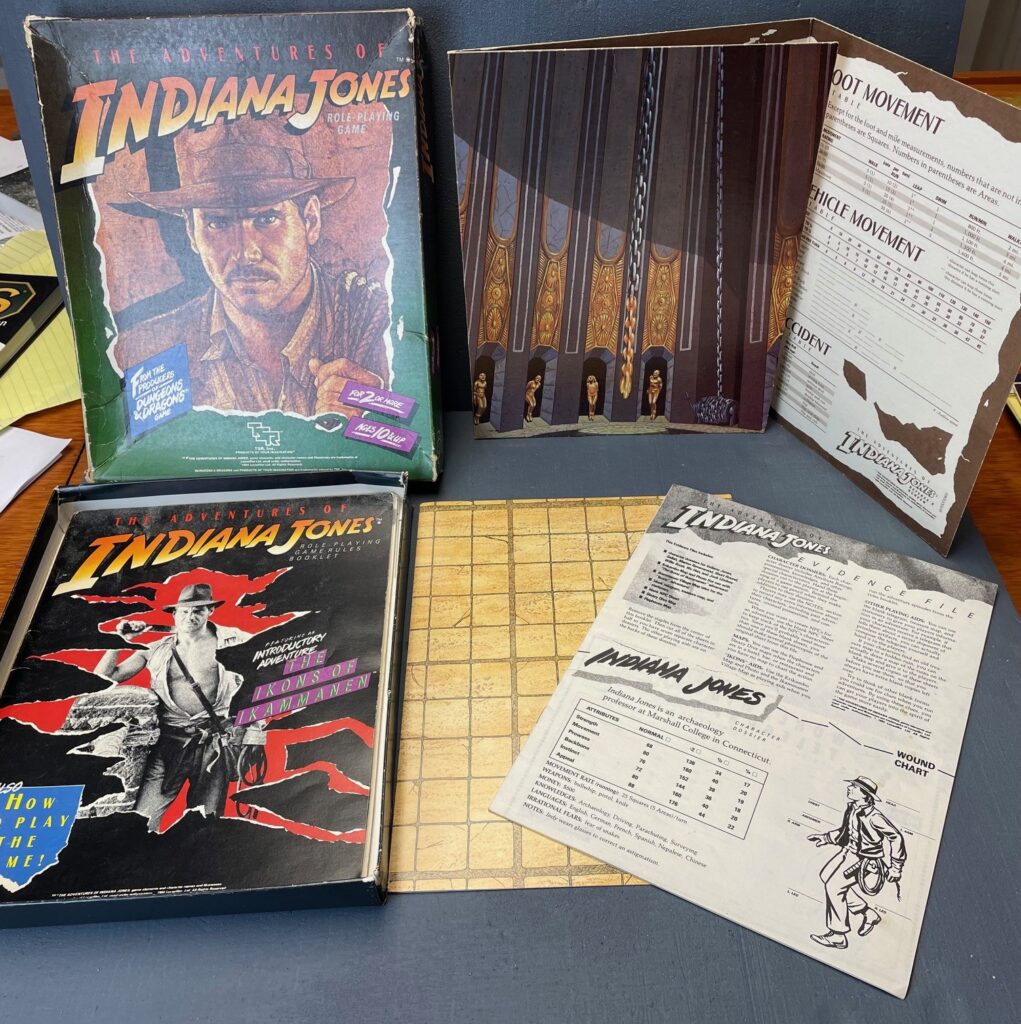
The boxed set contains a rulebook, a character dossier booklet (the cover of which doubles as a battle map for miniatures), and a GM screen. You can get away without using the battle map or the miniatures (we never did), but you need everything else to play the game. Several important tables only appear on the GM screen and are not printed in the core rulebook (who knows why?). This means, of course, that if you’re looking for this game on the secondary market, it will be unplayable unless you have a complete game. No getting away with just the rulebook.
So what’s GOOD about it? Well, not much. I recall running it a few times, but with only one player (who played Indy, of course).The introductory adventure is meh and somewhat problematic (it takes place in Africa and features a villain named Solomon Black who is, of course, Black; as well as some questionable depictions of tribesmen), but it does a good job of teaching the rules. It’s designed for one player and one GM and is presented in chapters throughout the rulebook, each one focusing on the preceding relevant rules section. There’s also a pretty interesting chase mechanic in the game that uses a chase flow chart to simulate random twists, turns, dead-ends and hazards. I don’t think we ever used it, but I’d give it a go now, maybe even for use in another game. That’s about it.
TSR lost the license to this game fairly quickly and the game didn’t last long. Nothing was released after 1985, and I don’t think it was ever supported in Dragon magazine. No (legal) PDF exists, and the game isn’t available for download at any of the usual sites. It’s a dead game–until now. Last week I dug out my boxed set and had a look through it. I even found one of the old adventures I wrote as a teenager (Indy goes looking for an old Spanish galleon). Then I got inspired, and for the past week and a half, I’ve been writing a NEW Indiana Jones adventure for use with this game.
To be clear: no one I know (besides me) still owns this game. No one I know (besides me) is producing any content for it. No one I know (besides me) likes anything about it, if they know anything about it at all. And finally, no one I know (besides me) actually wants to play it ever again. No one is asking for this. And yet I’m still working on it, and loving every minute of it.
There’s one word for that: crazy.

